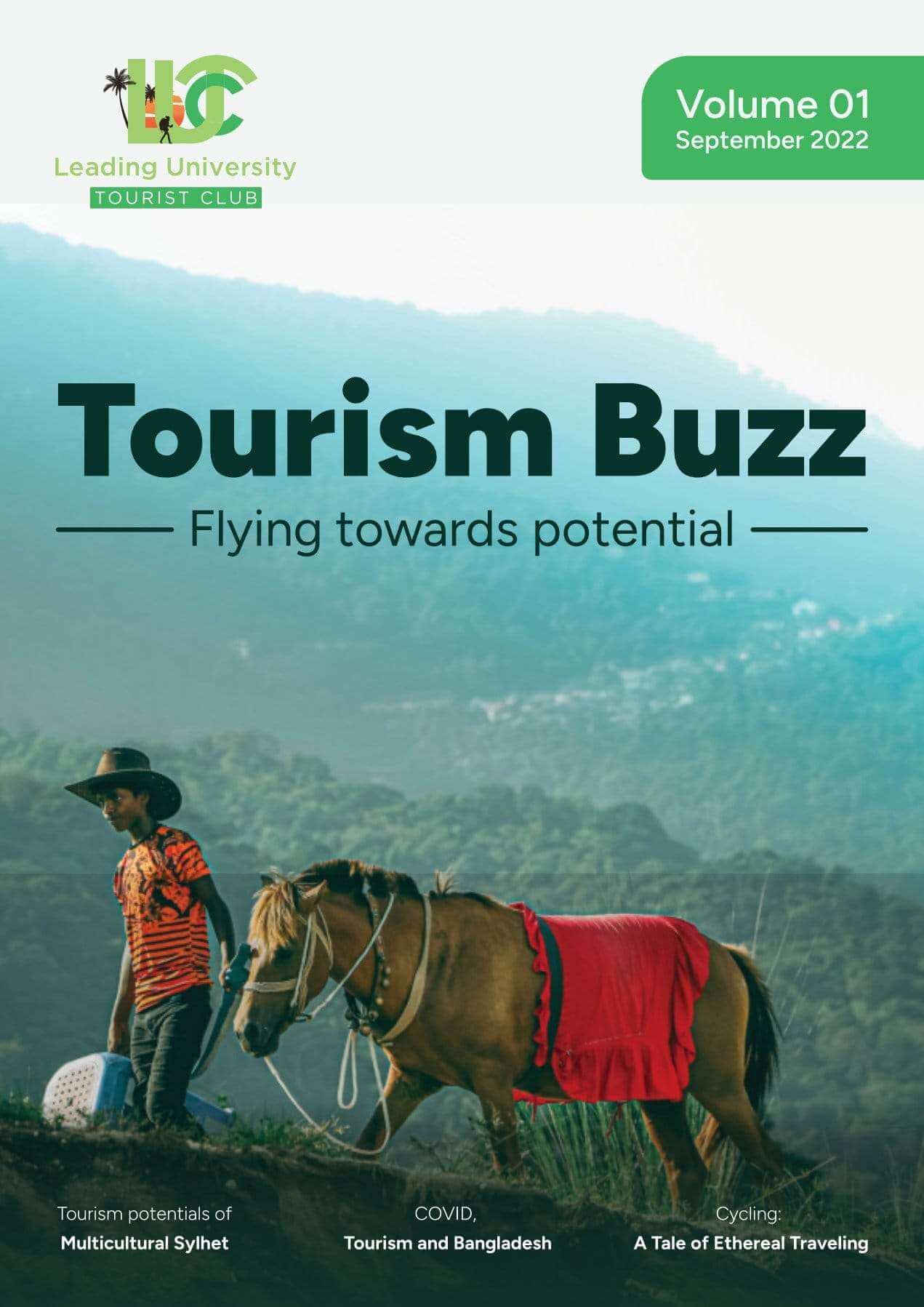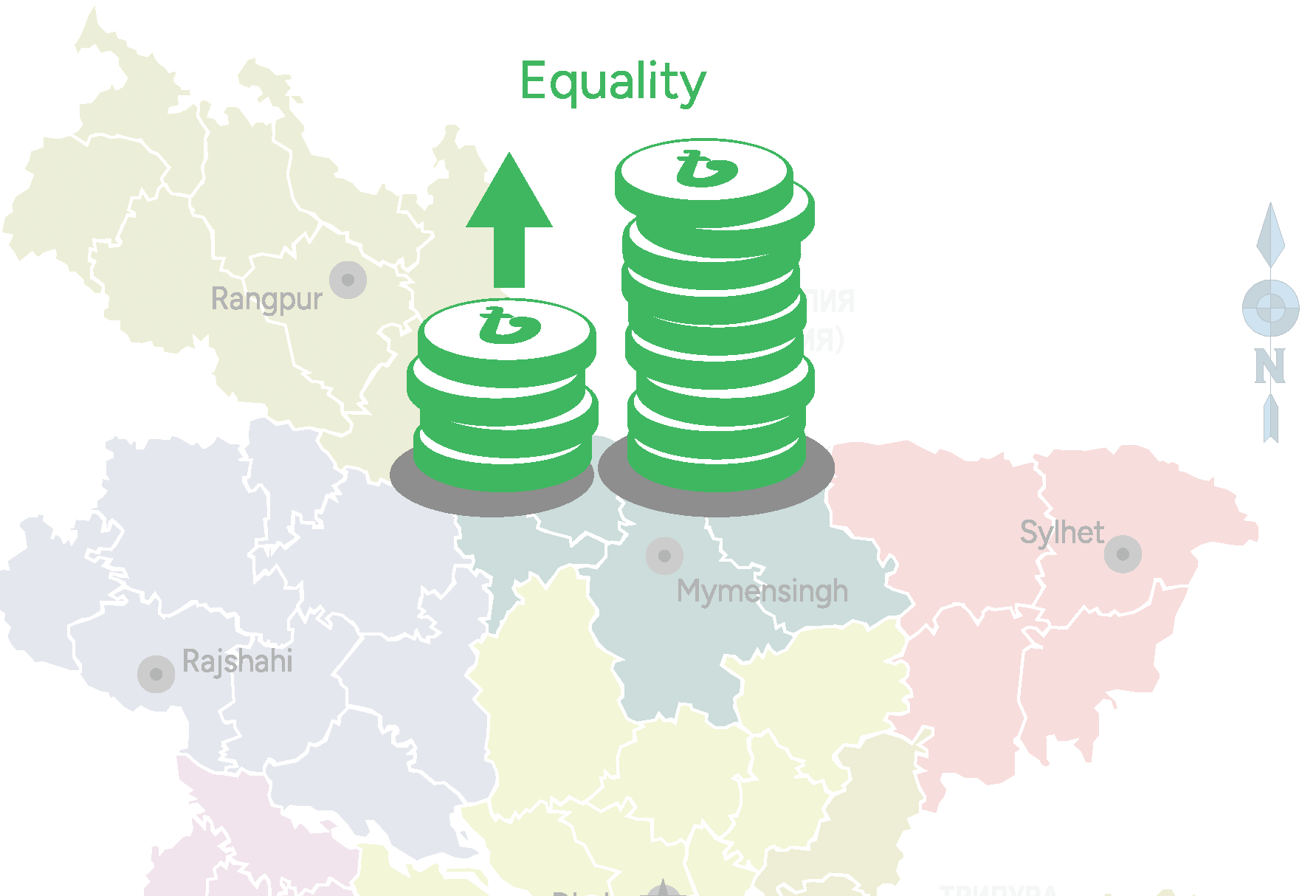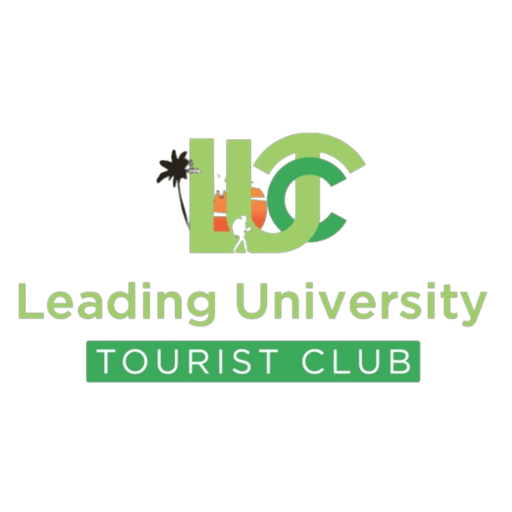Before the massive striking of COVID-19, in the COVID, Tourism and Bangladesh
beginning of 2020, the contribution of the tourism sector in world GDP was 10.4 percent. The amount of direct employment was roughly 334 million. At the end of the year it fell to 5.5 percent and 272 million respectively. It means GDP contribution has been half and 62 million employees have lost their jobs!
By nature, most of the industries are concentrated in some geographic regions. So, the effects of any unwanted situation (earthquake, volcanic eruption, bushfire, cyclone etc.) generally impacts the nearby areas directly. But the travel and tourism sector is widely covered in all geographic regions of the world. Even tourism exists in some non-living areas like both poles, forests, deserts, hills and mountains.
The World travel and tourism council regularly publishes organized data of 185 countries (divided by 25 regions). It indicates that most of the countries consider this sector as a significant part of their economy. Either they visit their own destinations or offer to the world tourism community. It keeps a significant contribution to their economy.
In the ancient period, tourism started for diverse reasons. To survive, to explore, to gain new knowledge and even for fun and leisure activities people would travel from one place to another. Some people devote their lives for traveling the world. Some of them left their birth place forever just to explore new places, culture and learning.
Nowadays travel and tourism have become an inevitable part of urban life. To gain desired success, most people are passing their daily work and personal life under extreme pressure. Sometimes they really feel exhausted. They can not bear the overloaded schedule. So, after a certain period they need breathing space.
To be refreshed, to regain physical and mental energies, and to enhance family bondage the urban people are keeping separate time and budget each year. For these reasons, throughout the world travel and tourism has become an inseparable part of modern life.
Earlier this sector contributed 10.6 percent to world employment. It means one of ten jobs was in this sector. Even in the last five years, before the pandemic (2014-2019), one of four newly created job was in the travel and tourism sector.
By seeing this trend the experts forecasted that 100 million new jobs will be created in, in the hospitality and tourism sector, in the next decade. But the sudden strike of COVID-19 has made it a mess. Just in one year (2020), 18.5 percent (around one fifth) employees of this sector have lost their job worldwide.
Here the special attention goes to the women and young employees. Because 56 percent of travel and tourism employees were female and most of the others were young people. Simply, the rate of losing their jobs is higher than others. It might have a long term negative impact on the economy as well as society.
Domestic travel expenditure decreased literally to the half. This rate (69.4 percent) is higher in case of international travel spending. It means more than two-third expenditures by the tourists have been reduced. It simply impacts on revenue of the concerned industries as well as nations. For this reason, different tourism focused countries have given allowances and grants to keep them moving.
Besides, reducing work hours has been applied at least to keep their jobs. But such steps work for short term remedies. If the pandemic situation continues, it will be really tough for the tourism workers to survive in the long run.
Travel and tourism sector keeps significant contributions to most of the European nations. The pandemic situation totally stopped the pace of this dynamic sector. Spain, Greece, Italy, France, Germany, Turkey and even Switzerland are facing the costs of the absence of international tourists. They are opening the destinations gradually after mass vaccination programs.
In the North American countries, the sector is reviving slowly. The USA has a special benefit for international travelers. People from around the world visit the country for their own reasons. Moreover, their domestic tourism is really vibrant. As a result, their recovery rate is higher than many European countries. But restrictions of international traveling in many countries have kept this speed slower than the expectations.
The growth of the tourism sector of Bangladesh was slow and steady from the very beginning. By realizing its significance the private sector investors were coming forward to offer relevant products and services to the tourists.
The sudden strike of COVID-19 has literally reined the pace of tourism development in Bangladesh. To minimize the spreading rate of this virus lockdown (even sometimes complete shutdown) have been applied. Last two years, different restrictions were imposed on physical movement and organizing (organizational, cultural, and even marriage) events.
As a result, initially the tourism activities were totally stopped. The hotels, motels, resorts, parks, zoos, museums, convention halls etc. were totally closed. It was a widespread strike on millions of workers and investors. Initial few months, it was really an awkward situation.
The history says, the people of Bangladesh are resilient in nature. They know how to cope up with any unwanted situation. So, at the end of the year (2020), they started to respond against the COVID deadlock situation. Government reduced restrictions in some areas of travel and tourism spots. The tourists responded to this relaxation of visiting tourist spots more than the expectations.
Most of the tourist spots became lively within a very short period of time. As people were literally captive inside their home, they came out. Everything was moving forward but the new variants like Delta made the situation tough again. All of the tourist spots faced restrictions again in the beginning of 2021.
This time the government and tourist both sides were cautious and very few tourism ventures were functional. Again in October of that year (2021) the COVID situation slightly improved. In this tourism season, the tourists visited different spots of Bangladesh with high enthusiasm. The tourists were overflowing in the popular tourist spots like Cox’sbazar. Even on some occasions the tourists could not manage hotel rooms and they passed night under the open sky!
This came back was really good news and mentionable to the active stakeholders of the travel and tourism sector of Bangladesh. Now the impact of the new variant Omicron is reduced for a massive vaccination program. So, it is expected that the normal situation of the travel and tourism sector will come back soon.
All active stakeholders would like to forget the horrible period of COVID strikes. Now the government and regulating authorities should offer required support. It will give the tourists a comfortable feeling to visit the desired tourist spots of our motherland. The tourist spots will become busy with fun activities soon.










